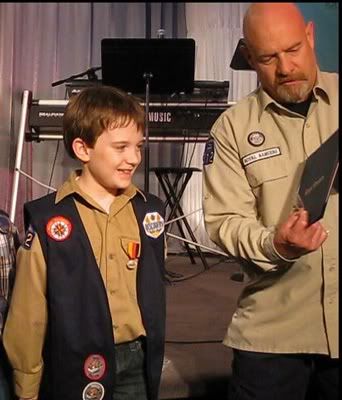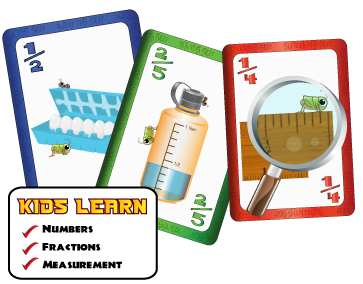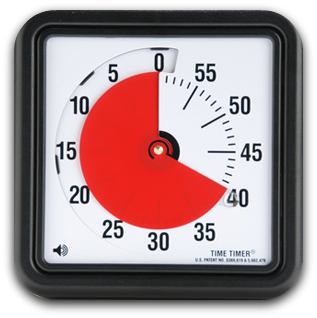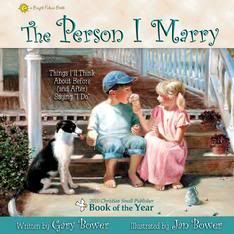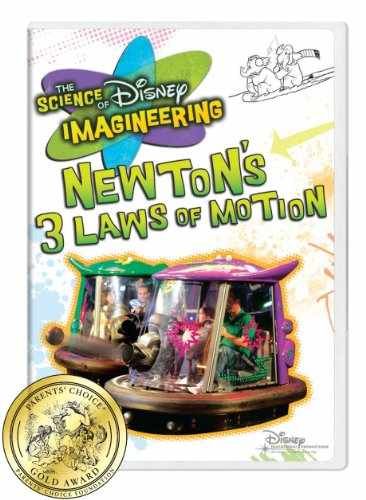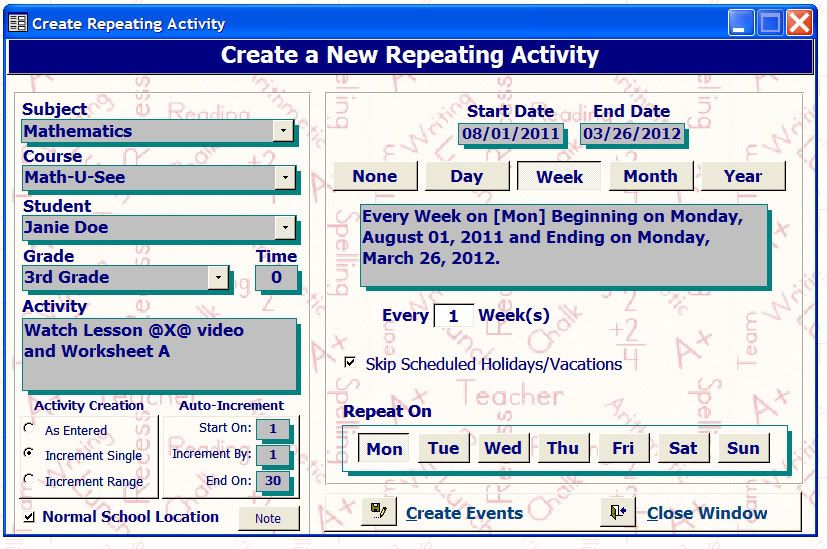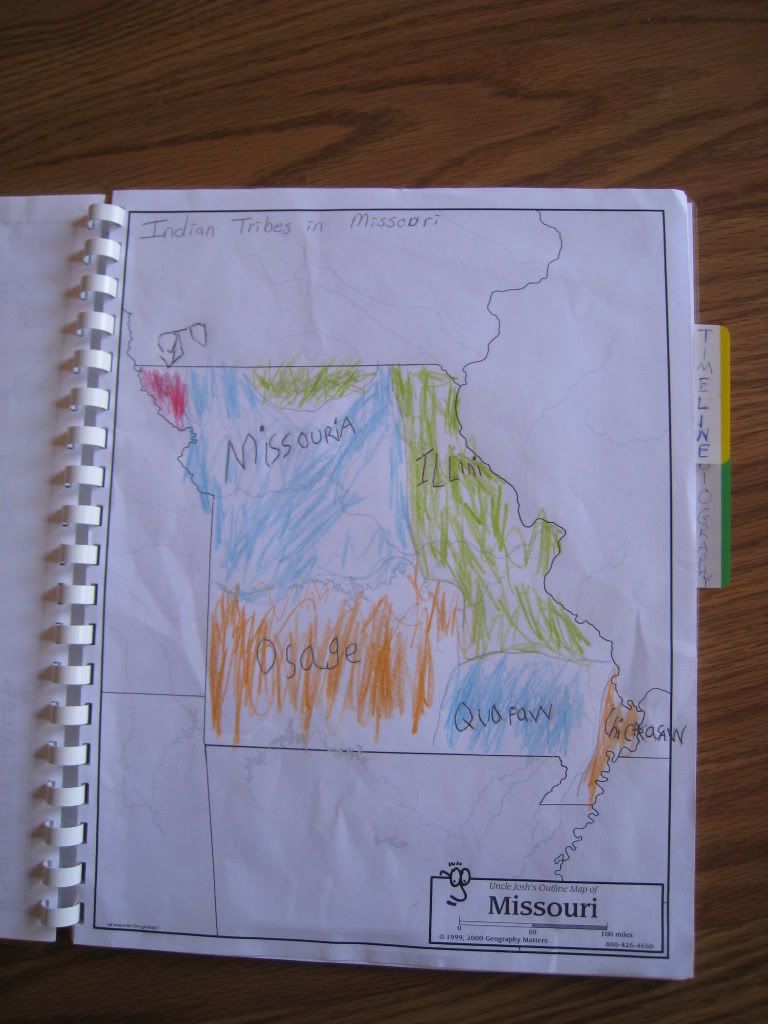
Vendor Name: R.E.A.L. Homeschool Spanish (R.E.A.L. stands for Relax, Enjoy, Aspire, Learn Spanish)
Vendor Contact: R.E.A.L. Homeschool Spanish website
Age Range: K – 8 (a kindergartner could certainly take part in the oral lessons, some of the review puzzles are geared towards older kids. A High School supplement is in the works)
Price: $49.95 for download version of the Book, Activity Book, Answer Book, and audio files
$59.95 for all of the above plus Daily Curriculum GuideForeign Languages: I think we’d all agree that there are part of a well rounded education. Many college admissions offices expect to see them on a transcript. Being able to speak at least one can give you an advantage when applying for jobs. The problem is how to teach it, especially if it’s not a language you speak. In my high school days I had dreams of standing atop the Eiffel Tower in a striped sundress and a straw hat so I enrolled in French. Those dreams didn’t work out for me and now I’m left in a pickle because both my husband and I agree that Spanish is the more useful language these days.
Hard copies (with audio Cd's) of above are available for $89.95 and $99.95 respectively with free shipping
Our review product is designed to help those parents who are familiar with the concept of foreign languages (conjugating verbs, etc) if not the language themselves. The author, Dr. Karyn Williamson-Coria earned her doctorate in Expanded French Studies and married a native speaker of Spanish so she is certainly familiar with breaking down the study of language into digestible chunks.
The download files include both a color and a black & white copy of “The Book” which I would call an expanded teacher’s manual. The colorized version has Spanish vocabulary and phrases in black and English translations in green. A lot of the Tips to the Home Educator and enforcement ideas have green backgrounds so if you plan to print everything out B&W would be more economical.
There are Ten units broken into smaller lessons:
- 1A Greetings
- 1B How are You
- 2A Colors
- 2B Numbers
- 2C More Numbers
- 2D Telling Time
- 3A Fruits and Vegetables
- 3B Meats and Proteins
- 3C Carbs and Desserts [personal note-the title made me laugh, dieters should avoid this lesson!']
- 3D Beverages, Condiments, Dairy and Other
- 4A Family
- 4B Family
- 4C Adjectives
- 4D Adjectives
- 5A Face
- 5B Body
- 6A Clothes
- 6B Clothes
- 6C Weather and Seasons
- 6D Months of the Year
- 7A Places
- 7B Days of the Weeks
- 7C The verb “to go”/ir
- 7D Transportation/Places
- 8A Animals
- 8B Animals
- 8C Nature
- 9A Sports
- 10A Verbs Parts 1,2,3
- 10B The House
- 10C Things in the House
The Activity Guide is designed to be printed out and only comes in a black & white version. These reinforcing activities include crossword puzzles, word searches, fill-in-the-blank dialogues, scrambled tiles, and more. I would classify some of this a busy work to occupy students in a classroom while the teacher works with slower learners. Other exercises are really clever ways to see if a student is comprehending what they read, for example putting sentences in order to create a dialogue between two people or reading a dialogue and answering questions based on clues in the text. The Answers Book are the solutions to the Activity Guide’s exercises.
The audio files are broken down to correspond to the unit sections (4A for example). The female speaker will say the word in English first and then in Spanish. The book has the Spanish listed first and then English so you are sort of required to read backwards but this isn’t terribly difficult to overcome. Each word and phrase is only said once and there is no way to select a specific word to hear. You must listen to the entire lesson to reach the word you are seeking.
The Daily Curriculum Guide is optional, but to my mind worth the extra $10. The curriculum is divided into 48 weeks of daily lessons and each week includes a sixth day with preparation for the teacher. Most helpful to me were the reminders to check R.E.A.L. Homeschool Spanish’s website for links to help bring the culture (mostly Latin American) to life. There are games, history, recipes and more. If you prefer to do your own planning, the Book includes a page you can print out and fill in your own schedule.
Some of these files were zipped, but they were still big. If you live in dial-up land like me and don't want to pay the premium for hard copies you may want to see if you can visit the library or a friend with high speed service and download to a thumb drive.
Schnickelfritz is in third grade so right now I’m content for him to learn to speak and listen to Spanish. We can add reading and writing as he gets older. The lessons are taught by me having a conversation with him of previously memorized sentences (an example in English is below)
Me: Good Morning Fritz.This is almost identical to the first lesson I ever had in French twenty-something years ago. Looking ahead (because we haven’t gotten that far) I can see where we begin to conjugate verbs—those that follow a pattern and irregular; learn about masculine and feminine nouns and how adjectives are spelled differently for each. I could not find a lesson on punctuation, specifically why some punctuation marks appear upside down at the beginning of the sentences. Perhaps this will be covered in the more formal High School Supplement.
Fritz: Good Morning Mama.
Me: How are you?
Fritz: Very well, and you?
Me: Very Well.
Fritz: See you later.
We will be continuing our Spanish studies after Christmas break. If you think you'd like to add Spanish to your lessons, check out the samples from the Book, Activity Book, and Daily Curriculum Guide .
You can read what other Homeschool Crew members think about R.E.A.L. Homeschool Spanish by clicking here.
Disclaimer: I recieved a free copy of the R.E.A.L. Homeschool Spanish Book, Activity Book, Answer Book, Audio files and Daily Curriculum Guide for the purpose of completing this review. I received no other compensation for my honest opion.
















